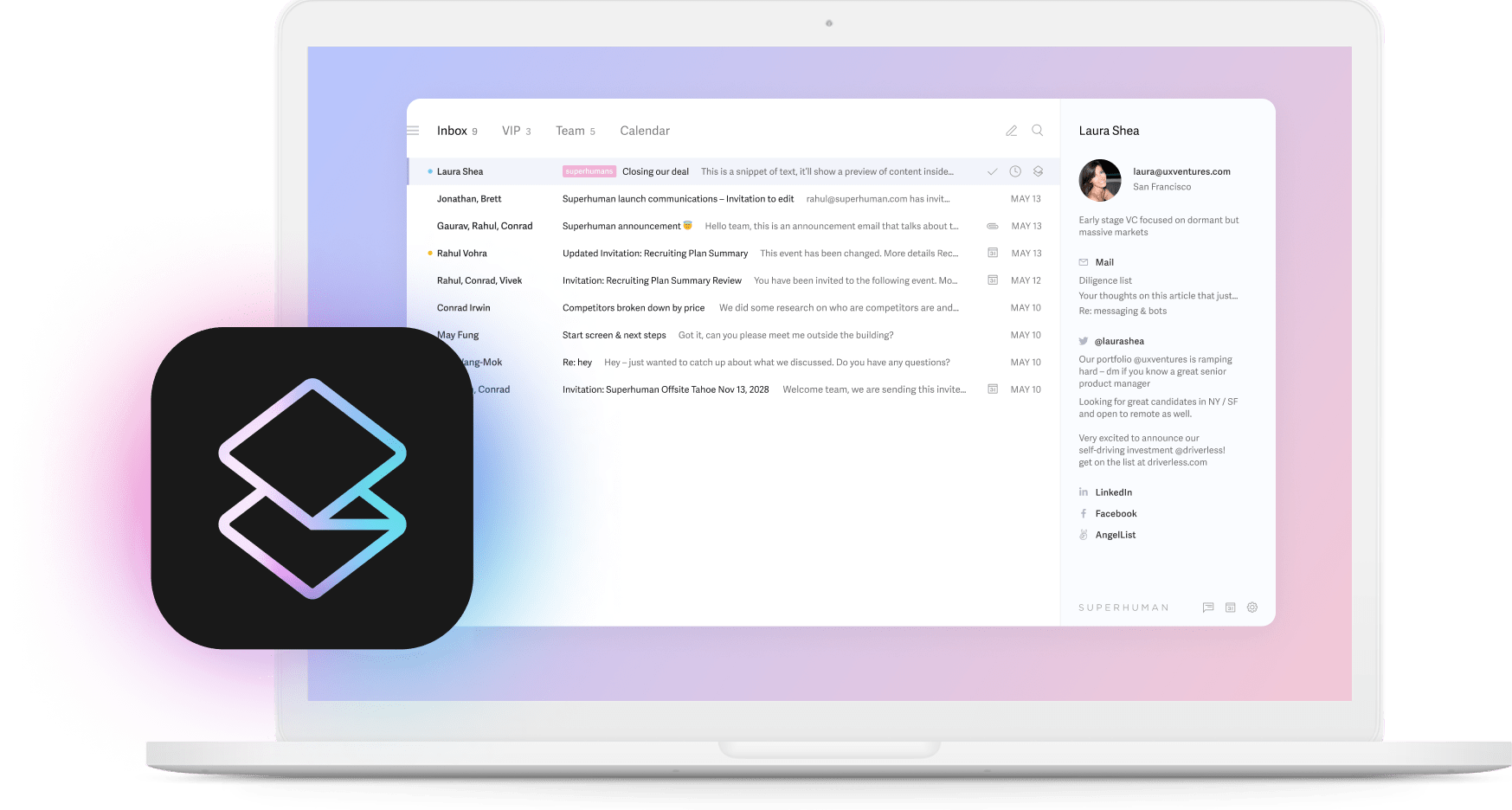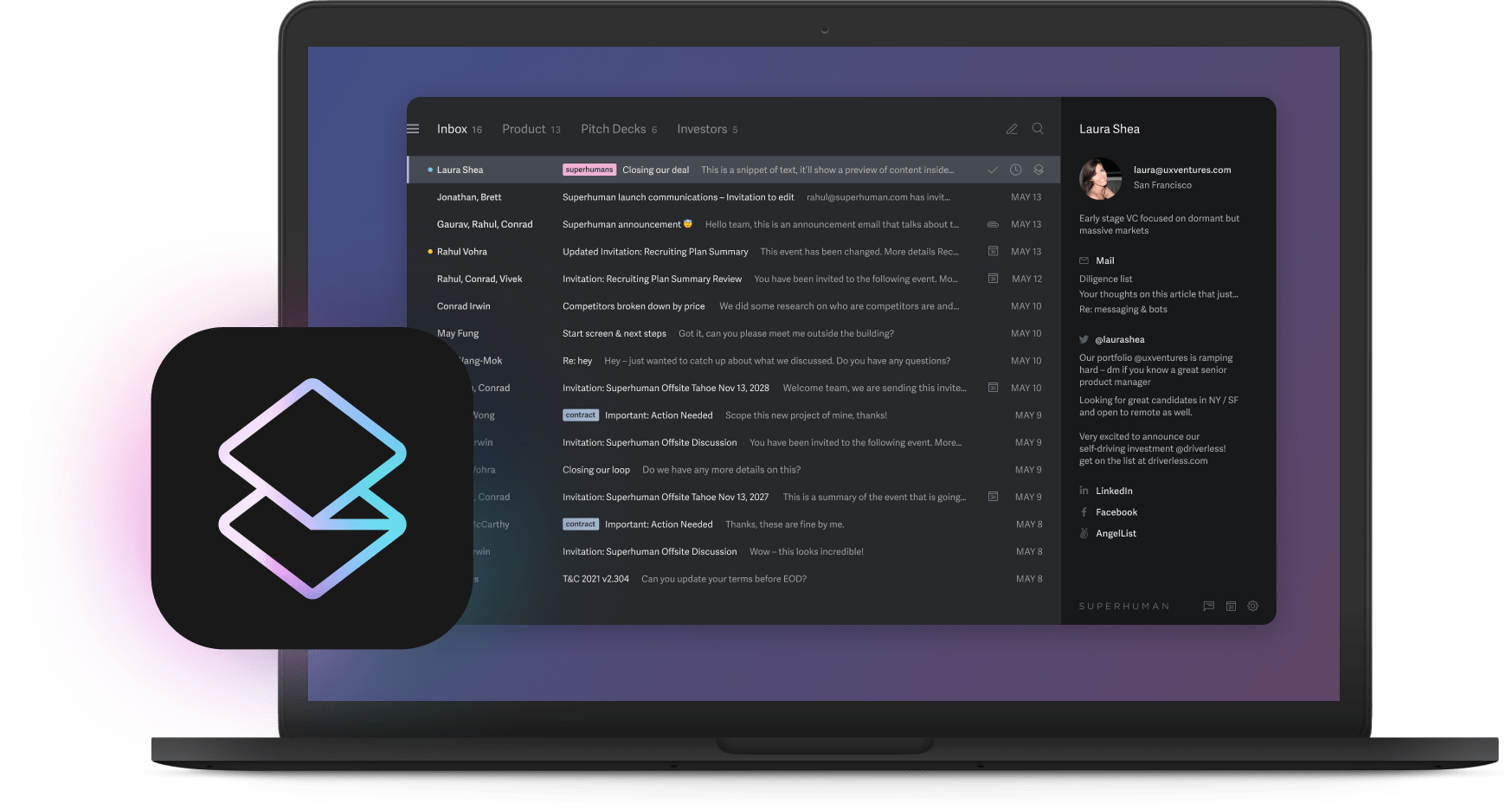
The companies winning with AI aren't the ones with the biggest budgets or the most pilots. They're the ones who ignored conventional wisdom about implementation.
While most enterprises draft three-year roadmaps and debate use cases, others have already automated core operations. The difference isn't resources or technical sophistication. It's their willingness to break the rules everyone else follows.
Traditional AI advice creates failure. Between 70 and 85 percent of AI pilots never reach production. Companies end up with perfect demos that generate zero revenue while competitors who went straight to full implementation capture market share. The gap between these approaches widens daily.
Don't start small
The standard advice says start small with AI. Run a pilot. Learn carefully. Scale gradually. This advice kills most projects.
Research shows between 70 and 85 percent of AI pilots never become real products. Only one in ten creates meaningful value. Small experiments can't show you what AI really does because they miss the fundamental nature of machine learning: it needs scale to reveal patterns. When you test AI on one department's data, maybe a few thousand records, you might find some patterns. But the transformative insights hide in millions of interactions across your entire business. Your pilot is looking at a tree when you need to see the forest.
This limitation becomes clear when you examine what actually happens during pilots. The small dataset produces modest results that fail to excite leadership. The constrained scope hides integration challenges that will cripple you later. The limited user base can't generate the feedback loops that make AI systems improve. Worst of all, small tests conceal the massive problems waiting to ambush you: data quality issues across systems, integration nightmares between platforms, and employee confusion about new workflows. These only surface when you try to scale, which explains why pilots die during expansion. You're not reducing risk. You're postponing reality.
Siemens understood this dynamic and took a radically different approach. They skipped pilots entirely and put machine learning in every factory simultaneously. This wasn't reckless; it was strategic. By going big, they generated enough data for their models to find meaningful patterns immediately. Equipment downtime dropped by half. Productivity jumped 20 percent. They got these results precisely because they went big, not in spite of it. The scale itself became their competitive advantage.
The smarter path is choosing something important and doing it completely. Build the capability once, deploy it everywhere, and let early wins fund expansion. When you commit fully to one system, every user contributes to improving it, every interaction makes it smarter, and the compound effects create advantages that pilots can never achieve.
Make AI your whole strategy
Most companies sprinkle AI on their existing business like seasoning. A chatbot here. Some automation there. This approach guarantees failure because it misunderstands what AI actually is: not a tool, but a fundamentally different way of operating.
Consider how successful companies actually use AI. Amazon didn't add recommendations to their store as an afterthought. They recognized that understanding customer behavior at scale could transform retail, so they made recommendations the foundation of how they sell. Those algorithms now drive 35 percent of revenue. But here's what matters: the entire business reorganized around what the data could tell them. Inventory management, pricing, product placement, even which items to stock all flow from the same intelligence system. The AI didn't enhance their business model; it became their business model.
HubSpot followed a similar path by rebuilding how customer data flows through every system. Instead of adding AI features to existing workflows, they redesigned the workflows around what AI made possible. Siemens went even further, redesigning entire factories around what machines could predict. These companies understand that AI changes the physics of business. When you can predict machine failures before they happen, you don't just add sensors to existing maintenance schedules. You redesign the entire production flow around predictive capacity. When you can understand customer intent in real-time, you don't just improve your recommendation engine. You restructure your entire customer experience around that capability.
This transformation goes deeper than technology. Data becomes the new supply chain, more important than physical logistics. Algorithms influence every decision, from hiring to product development. Teams ship updates weekly instead of annually because AI systems improve through iteration, not planning. The technology doesn't support the business; the technology becomes the business.
Intelligent automation must be your primary strategy from day one. Companies that build their entire system around AI from the beginning see dramatically different results than those who try to add it later. Every interface decision, every data structure, every user interaction should be designed to feed and improve the AI. The technology doesn't support the business; the technology becomes the business.
Stop listing use cases
Every AI planning session starts the same way. Someone suggests brainstorming use cases. Three hours later, walls are covered with sticky notes. Chatbots. Predictive analytics. Process automation. Anomaly detection. You just wasted three hours.
The use case approach fails because it fragments your efforts before you even begin. Each use case requires its own data pipeline, which means your data scientists spend months building infrastructure instead of improving models. Each needs its own security review, creating bureaucratic bottlenecks that slow everything down. Each demands its own budget approval, turning your AI initiative into dozens of competing projects fighting for resources. Each requires its own vendor selection, multiplying integration challenges and compatibility issues. Two years of meetings produce zero systems because you're trying to juggle fifty balls instead of throwing one really well.
Successful companies take the opposite approach. Build one core system that learns from everything. Amazon's recommendation engine started with books, but the same underlying system now drives product search, logistics planning, and voice interfaces. The key insight is that these aren't separate use cases; they're different applications of the same intelligence. As the system processes more data, it doesn't just get better at recommendations. It develops capabilities that enable entirely new applications. The data compounds. The model improves. New applications emerge organically because you've built a learning system, not a collection of static tools.
This approach works because concentration beats diversification in AI. When all your data improves one model instead of fragmenting across fifty weak ones, you reach critical mass faster. New applications launch in weeks instead of months because infrastructure already exists. Teams rally around one system that demonstrably works rather than debating theoretical possibilities. Most importantly, you can't predict AI's best applications in advance anyway. The most valuable uses emerge after the system starts learning at scale, discovering patterns and possibilities you never imagined. Managing a checklist of predetermined use cases means you'll miss these discoveries.
Build systems where different features are expressions of the same underlying intelligence. When one capability improves, it strengthens all the others because they share data and learning. This creates compound effects that isolated pilots can never achieve.
Hire smart people, not technology
Board presentations always include the build-versus-buy analysis. Detailed comparisons. Cost projections. Risk assessments. Integration timelines. Wrong question entirely. The only question worth asking: Can you hire people who truly understand how AI works?
This isn't about having data scientists on staff. It's about finding minds that grasp why models behave unexpectedly, who can diagnose when a system is overfitting versus when it lacks training data, who understand the subtle interplay between architecture choices and real-world performance. Lack of this expertise kills more projects than bad technology ever will because AI systems aren't like traditional software. They're living things that require constant care, interpretation, and adjustment.
Tech giants understand this reality. Google pays seven figures for machine learning engineers. Major tech companies acquire entire teams just to get talented people. They're not buying software licenses or intellectual property. They're buying minds that understand why models behave unexpectedly, who can coax performance from systems that seem hopelessly stuck, who can architect solutions that will scale from thousands to billions of operations. Your budget probably can't match those offers, so compete differently. Offer fascinating problems instead of massive paychecks. Top researchers often accept different compensation for work that matters on problems their current employer won't let them tackle.
The talent strategy extends beyond hiring. Companies can convert existing engineers into AI experts through intensive programs that pair veterans with newcomers and protect learning time. This works because great engineers can learn AI, but AI experts who aren't great engineers build systems that don't scale. Growing expertise internally while hunting for external talent creates a multiplier effect. Your existing team understands your business constraints. New hires bring cutting-edge techniques. Together, they build systems that are both advanced and practical.
For companies that can't match Silicon Valley salaries, creative approaches work. Embrace remote work to access global talent where your compensation goes further. Fund advanced degrees in exchange for commitment, creating loyalty while building expertise. Let engineers publish research and speak at conferences, offering prestige that money can't buy. Make your company the place where brilliant people choose to work because the problems are interesting and their contributions matter. Track one metric above all others: the number of truly exceptional AI minds on your team. Not model count, not platform licenses, just human brilliance. Everything else follows from there.
Three-year plans don't work
Consultants love presenting three-year transformation roadmaps. Phase one establishes foundations. Phase two builds capabilities. Phase three achieves scale. These extended plans guarantee failure through their very structure.
The timeline itself becomes the enemy. In three years, the entire AI landscape transforms. Models that require supercomputers today run on laptops tomorrow. Companies locked into three-year plans find themselves building yesterday's technology with tomorrow's budget. Costs balloon, requirements shift, superior tools emerge constantly, but you're locked into yesterday's choices. Talented people leave from frustration. Research confirms that lengthy transformations multiply every category of risk.
Successful companies operate on completely different timescales. Siemens moved from concept to factory deployment in months. They achieved this through focus, not recklessness. Instead of planning every possible future, they built something that worked today and could evolve tomorrow. They slashed downtime by half through rapid iteration. Early victories funded expansion. No three-year journey required.
Change how you structure initiatives. Pay exclusively for functional code in production. This transforms behavior. Vendors discover urgency when payment depends on deployment. Internal teams focus on shipping instead of planning. Ship monthly or change teams. The path from idea to impact should be weeks, not years.
Five things nobody tells you
Years of watching AI projects reveals patterns that contradict conventional wisdom but separate winners from losers.
Industry expertise slows you down because knowing your industry means following its rules, and those rules were written for a pre-AI world. Tesla approached cars like software while Detroit optimized engines. Hire people who ask naive questions. Industry experts will tell you why something can't be done. Outsiders will do it anyway.
Human oversight creates bottlenecks that destroy AI's value. Legal teams want humans approving every AI decision, which sounds responsible but kills efficiency. Siemens let AI manage maintenance schedules independently. Downtime plummeted 50 percent precisely because humans weren't slowing down every decision. Design systems where AI acts first and humans handle exceptions.
Ethics committees often stall progress by confusing motion with progress. While you debate theoretical scenarios, competitors ship three product versions and learn from real user feedback. Establish basic guidelines, monitor results carefully, and adjust quickly based on actual outcomes.
Perfect pilots mislead you because they optimize for the wrong metrics. Your demo achieves 99 percent accuracy in controlled conditions? Irrelevant. Amazon's recommendation engine would fail academic tests for accuracy, yet it generates billions in revenue because it optimizes for business impact. Ship at 80 percent quality and improve through usage.
Talent trumps tools by orders of magnitude. Companies invest millions in platforms, then hire bargain teams to operate them. The best AI team with mediocre tools outperforms mediocre teams with the best tools every time. Ten exceptional people outperform a hundred average ones.
Why most AI advice is wrong
Most AI projects fail because advisors profit from failure, not success.
Consultants bill hourly, so each workshop extends engagement. Pay only for production code instead. When payment depends on working systems, those multi-day strategy sessions compress into focused planning. The impossible becomes possible when incentives align with outcomes.
Vendors pursue lock-in because their business model depends on your dependency. Multi-year contracts guarantee their revenue regardless of your success. Demand month-to-month terms and open standards. When vendors know you can leave, they work harder to make you want to stay.
Technology leaders sometimes chase résumé enhancement. "Led enterprise AI transformation" impresses recruiters even if nothing shipped. Institute 90-day production deadlines and make them public. Watch how priorities shift when reputation depends on results.
Boards default to risk aversion. Studies feel safer than deployment, but delays create the greatest risk. While you study, competitors deploy and learn. Present weekly progress metrics showing real usage. Deliver early wins they can celebrate.
Investors promote portfolio companies because they need returns. "You should evaluate this AI startup we funded" isn't unbiased advice. Take introductions but make decisions based on your needs, not their portfolios.
Align incentives correctly and progress accelerates. Pay for outcomes. Maintain flexibility. Set aggressive deadlines. Measure customer impact. Partner with those who win when you win.
What to do on monday
AI initiatives fail because companies repeat identical mistakes. They pilot instead of committing, plan instead of building, hire consultants instead of talent, measure readiness instead of results. Breaking this pattern requires choosing a different path.
Position AI at your business core, not its periphery. Build one robust system that can evolve, not fifty fragile ones that can't. Recruit the brightest minds available and trust them. Ship monthly, not annually. Reward results, not process.
Start with specifics. Select a critical business function where AI can make a measurable difference. Assemble a small team of exceptional people. Grant them 90 days and clear authority to build something real. Demand production code serving real customers by the deadline. If progress stalls, reassign resources to another team and maintain urgency.
Companies following this approach accelerate away from competitors still stuck in planning. The gap widens daily because AI capabilities compound. Monday morning, you can begin making it real. Most companies won't even try. Perhaps that's fortunate for those who choose differently.






